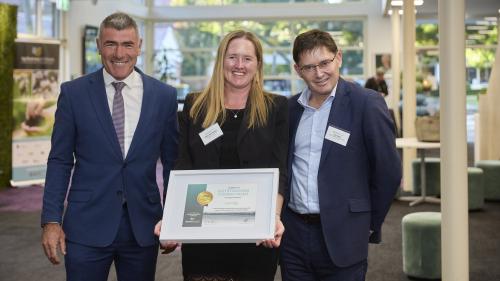Search results
Displaying 181 - 190 results of 895
- Industry datamidseason update 201819 0800 beeflamb 0800 233 352 wwwbeeflambnzcom farmers farmers beef lamb new zealand economic service p19003 issn 22305777 beef lamb new zealand economic service p19003 midseason …
- Industry datalnz economic service lnz economic service lamb crop 2021 1 2021 beef lamb new zealand limited also referred lnz lnz economic service economic service all rights reserved work covered copyright may …
- Resource book… problem deaths lambing ewes run dry before weaning you dont connect every clinical …
- Factsheet… sheep stress brought about pregnancy shearing weaning drought poor nutrition thought … single shot life vaccine administered 4 weeks weaning after replacements have been selected … disease best practice vaccinate lambs 4 weeks weaning high risk flocks blood test sheep …
- Video… survive are slower growing so their average weaning weight is around 2kg lighter. It’s best to check udders 4–6 weeks after weaning so that affected ewes can be …
- Industry data0 1 2020 beef lamb new zealand limited also referred lnz lnz economic service economic service all rights reserved work covered copyright may stored reproduced copied without prior written permission …
- NewsThe Agribusiness in Schools programme is showcasing agricultural career pathways to over 4,000 secondary school students nationwide each year. Beef + Lamb New Zealand is a proud partner of the …

- ministry environment proposed national policy statement indigenous biodiversity beef lamb new zealand ltd deer industry new zealand 14 march 2020 2 submission ministry environment proposed national …
- Factsheet… farmers farmers nutrition beef cow postweaning through 46 weeks precalving management … dominant swards elsewhere feeding priority weaning beef calves normally occurs five seven … provided appropriate provision made postweaning feed calf beef cow calendar leaves …
- NewsPredicted El Nino patterns could mean dry conditions along the east coast of both Islands this summer, but early decision-making and simple management strategies can help ensure farmers protect the …

